The Key Importance of Internal SEO in Website Success
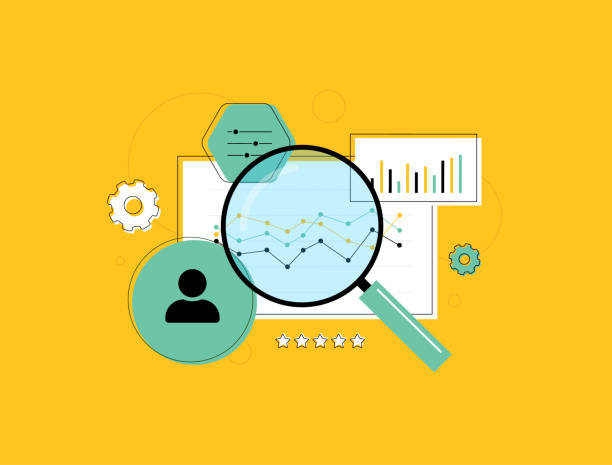
#Internal_SEO or On-Page_Optimization is a set of techniques applied within your website to improve its ranking in search engine results and provide a more optimized user experience.
This process, unlike off-page SEO which focuses on external factors, is completely within your control.
The success of a website without deep attention to internal SEO is almost impossible.
Search engines like Google, through their crawlers, examine website content and rank them based on various factors such as content quality, site structure, and keyword optimization.
Strong internal SEO helps search engines better understand the main topic of your pages and, as a result, display your pages to more relevant users.
This not only leads to an increase in #organic_traffic but also improves conversion rates, as it directs the right users to relevant content.
Providing thought-provoking yet guiding content can further engage users and increase their time on site.
This educational section shows you how to provide a strong foundation for growth and visibility by improving your site’s internal infrastructure.
Is your online sales not as you expect? With Rasawweb, solve the problem of low sales and poor user experience forever!
✅ Increase visitor-to-customer conversion rate
✅ Create an enjoyable user experience and increase customer trust
⚡ Act now to get a free consultation!
Keyword Research; The Cornerstone of Every Successful Internal SEO

The foundation of any successful internal SEO strategy is thorough and comprehensive #keyword_research.
This step is the first in understanding exactly what your target users are looking for and what phrases they use to search for it.
Choosing the right keywords not only drives more traffic to your site but also ensures that the incoming traffic is relevant and targeted.
Keyword research tools like Google Keyword Planner, Ahrefs, or Semrush can assist you in this process.
You should look for keywords that have a decent search volume but are not overly competitive.
Also, paying attention to Long-Tail Keywords, which more precisely indicate user intent, is crucial.
These keywords often have higher conversion rates because users are in the final stages of their sales funnel.
Your content should naturally incorporate these keywords without overstuffing, so search engines can easily understand the topic of your page.
This specialized section helps you analyze keyword data with an analytical perspective and choose the best options for optimizing your pages.
The more carefully keywords are selected, the more effective your internal SEO will be.
Optimizing On-Page Elements for Increased Visibility

Optimizing On-Page elements is one of the most important parts of internal SEO, directly influencing how search engines understand your content.
These elements include the Title Tag, Meta Description, Heading Tags (H1, H2, H3…), and Image Optimization (Alt Text).
The Title Tag is one of the most vital ranking signals; it should contain the main keyword and be less than 60-70 characters.
The Meta Description, although not directly affecting ranking, can increase the Click-Through Rate (CTR) from the search results page and should be engaging and contain keywords.
The H1 tag should act as the main heading of the page and include the primary keyword, while other heading tags (H2, H3) help structure the content and improve readability.
Optimizing images using appropriate Alt Text that describes the image and contains keywords helps images appear in image search results and improves accessibility.
This is an analytical process that requires high precision to ensure all elements are properly optimized.
The table below summarizes these elements and their best practices for internal SEO:
| On-Page Element | Description | Best Practice for Internal SEO |
|---|---|---|
| Title Tag | The title displayed in the browser tab and search results | Includes primary keyword, short and engaging (around 60-70 characters) |
| Meta Description | A short description of the page content in search results | Engaging summary of content, includes keyword, encourages clicks (around 150-160 characters) |
| Heading Tags (H1, H2, H3…) | Structuring content and showing section importance | H1 only once and includes primary keyword, H2 and H3 for sub-sections |
| Image Alt Text | Text description for images (for search engines and visually impaired) | Descriptive, relevant to image and content, includes keyword (if appropriate) |
Producing Valuable and Structured Content for Users and Crawlers
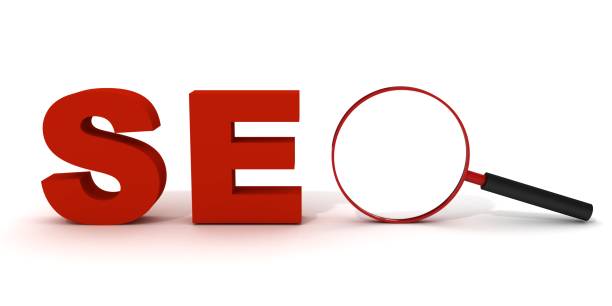
Content is the heart of any internal SEO strategy.
Producing content that is both valuable to users and understandable by search engines is the key to success.
Your content should be comprehensive, accurate, and responsive to user needs.
This means not just repeating keywords, but answering user questions, providing useful information, and sharing your unique perspectives.
Content structure is equally important; using short paragraphs, lists, quotes, and images can significantly increase readability.
This not only improves the user experience but also helps search engines better understand the structure and main topics of your content.
Remember that fresh and updated content is a positive signal for search engines.
Thought-provoking content can stimulate users’ curiosity and encourage them to explore further, while entertaining content provides a more pleasant experience on your site.
From an educational standpoint, this section shows how to combine creativity and technical knowledge to produce content that is both strong for SEO and appealing to the audience.
Creating a content calendar and planning for regular content publication is an important part of this strategy in internal optimization.
Does your current website build the trust that potential customers should have in your business? If not, it’s time to have your professional and impactful corporate website with Rasawweb.
✅ Fully customized design aligned with your brand identity
✅ Increased lead generation and enhanced business credibility in the eyes of customers⚡ Contact us now for a free consultation!
Optimizing Images and Videos for More Traffic Attraction
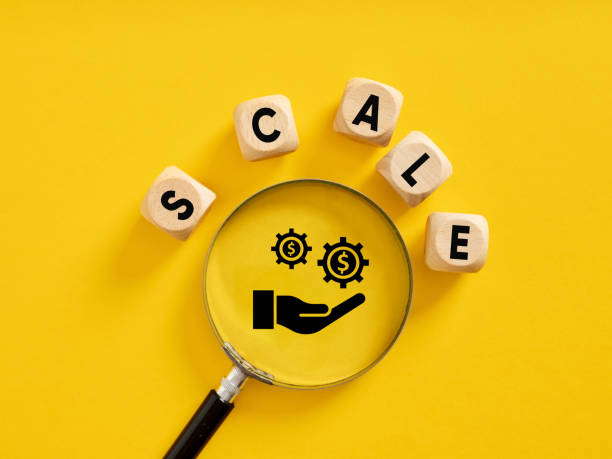
Today, images and videos play a significant role in attracting and retaining users on a website, but if not properly optimized, they can severely impact site loading speed.
Optimizing images and videos is a crucial component of an internal SEO strategy.
For images, first reduce their size using appropriate formats (like WebP) and compression tools, without drastically affecting their quality.
Then, use suitable and descriptive Alt Text that not only explains the image content but also includes relevant keywords if necessary.
This helps search engines understand your images and display them in image search results.
For videos, ensure you use efficient hosting platforms (like YouTube or Vimeo) and leverage video schemas to help search engines understand video content.
Additionally, adding captions and text transcripts to videos can improve accessibility and provide additional signals to search engines.
This explanatory and guiding section helps you elevate your site’s user experience with more advanced internal SEO techniques and leverage the potential of images and videos to attract more traffic.
These visual elements can significantly help in attracting and retaining users on your site.
Internal Linking Strategy; Directing Page Power and Value
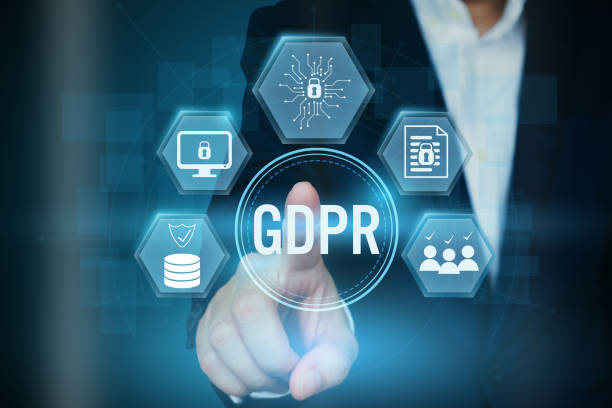
Internal linking is one of the most powerful tools available to internal SEO optimizers.
This strategy means creating links between different pages within a website.
The main goal of internal linking is to guide search engine crawlers to discover all your site’s pages and distribute “Link Equity” (Link Equity) or “PageRank” throughout the site.
Internal links also help improve the user experience, as users can easily navigate between related content and gain more information.
For best results, use descriptive and keyword-relevant Anchor Texts.
Avoid linking to Orphan Pages that do not receive any links from other pages, as these pages are difficult for search engines to discover and index.
A hierarchical and logical internal linking structure can help search engines understand the importance of different pages and highlight your important pages.
This is a specialized process that requires careful planning.
By creating a mental map of your site’s structure, you can identify the strengths and weaknesses of your internal linking.
Internal linking is a vital element for ranking stability and overall improvement of your site’s internal SEO.
URL Structure and Schema Markup; Better Understanding by Search Engines

URL structure and schema markup are two important factors in internal SEO that help search engines better understand your page content.
URLs should be short, descriptive, and contain keywords to be understandable for both users and search engines.
Avoid special characters and long, complex URLs.
Using hyphens (-) instead of underscores (_) to separate words in URLs is recommended.
Schema Markup (Schema Markup) or structured data, is code added to your website so that search engines can directly display specific information such as a product’s star rating, a business’s opening hours, or event details in the search results.
These “Rich Snippets” not only occupy more space in the SERP (Search Engine Results Page) but can also significantly increase the click-through rate.
Using appropriate schema, especially for news or educational content, can distinguish your website from competitors.
This specialized tool is crucial for strengthening your website’s internal SEO.
Below is an example table of schema types and their applications:
| Schema Type | Application | Example Rich Snippet in Search Results |
|---|---|---|
| Article/BlogPosting | Blog articles, news, and posts | Displays publication date, author, and thumbnail image |
| Product | E-commerce products | Displays price, star rating, availability status |
| Review/AggregateRating | User reviews and ratings | Displays star ratings next to the search result |
| FAQPage | Frequently asked questions and their answers | Expands list of questions and answers below the search result |
Page Load Speed and Mobile Compatibility; Crucial Factors in Internal SEO
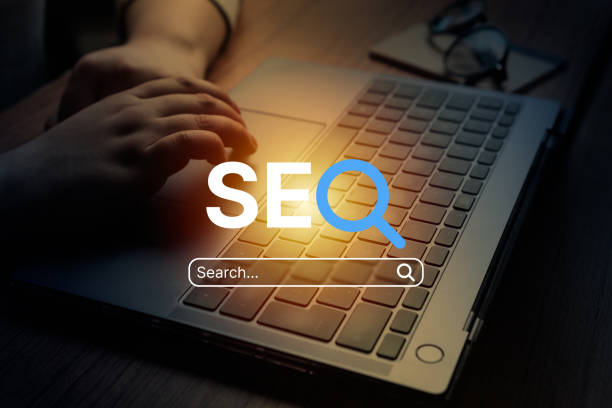
Page Load Speed and Mobile-Friendliness are no longer merely secondary factors; rather, they are considered crucial criteria in internal SEO and Google’s ranking.
Since 2018, Google officially announced that page speed is a ranking factor for mobile search, and with the introduction of Core Web Vitals in 2021, its importance became even more apparent.
Pages that load quickly and provide a smooth user experience on mobile devices not only achieve better rankings but also have lower Bounce Rates and attract more users.
To improve page speed, you can compress images, leverage browser caching, optimize CSS and JavaScript codes, and use a CDN (Content Delivery Network).
On the other hand, given that a significant portion of searches are conducted via mobile devices, responsive design and ensuring your website displays well on any screen size are absolutely essential.
Tools like Google PageSpeed Insights and Mobile-Friendly Test help you evaluate and improve these internal SEO factors.
This is an analytical section that should be monitored regularly to prevent potential issues.
Are you losing business opportunities because of an outdated website? With Rasawweb, solve the problem of not attracting potential customers through your website forever!
✅ Attract more high-quality leads
✅ Increase brand credibility in the eyes of customers
⚡ Get a free consultation for corporate website design
Advanced Technical Aspects of Internal SEO; Crawling and Indexing
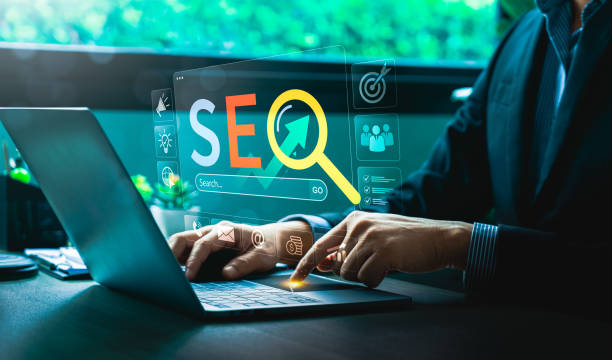
In addition to optimizing content and visual elements, the technical aspects of internal SEO are also highly important.
These aspects relate to how your pages are crawled and indexed by search engines.
The Robots.txt file tells search engines which parts of your site they can crawl and which they cannot.
An XML Sitemap provides a roadmap for crawlers, helping them discover and index all important pages on your site.
Ensuring the absence of 404 errors (page not found) and 5xx server errors is also crucial, as these errors can disrupt the user experience and harm your site’s ranking.
Proper use of Canonical Tags to prevent duplicate content issues and correct management of Redirects to guide users and crawlers to the correct addresses are other important factors in technical internal SEO.
This specialized and guiding section helps webmasters optimize their site’s infrastructure so that search engines can easily identify and value it.
Regularly reviewing Google Search Console reports to find and fix crawling and indexing issues is an important step in maintaining the health of your internal SEO.
Monitoring and Analyzing Internal SEO Results for Continuous Improvement

Continuous monitoring and analysis of results is the final, and perhaps most important, step in a successful internal SEO strategy.
Internal SEO is not a one-time process, but rather requires continuous optimization based on new data and trends.
Tools like Google Analytics and Google Search Console provide valuable information about your site’s performance.
Through Google Analytics, you can examine site traffic, traffic sources, user behavior (time on site, pages visited, bounce rate), and conversion rates.
Google Search Console also provides vital information about how your site appears in searches, keywords that attract traffic, crawling and indexing issues, and backlinks.
Analyzing this data helps you identify weaknesses in your internal SEO strategy and discover new opportunities for improvement.
Additionally, paying attention to Google algorithm updates and SEO industry news keeps you informed of changes and allows for quick reactions.
This is an analytical and informative process that allows you to keep your strategy at the highest level and remain competitive.
By carefully monitoring and implementing necessary optimizations, you can continuously improve your site’s ranking and visibility and achieve your digital marketing goals.
Frequently Asked Questions
| Question | Answer |
|---|---|
| What is Internal SEO (On-page SEO)? | Internal SEO refers to a set of actions performed within a website and on its page content to achieve better rankings in search results. |
| Why is internal SEO important for a website? | Internal SEO helps search engines better understand your page content and assess its importance. It also provides a better user experience for visitors. |
| What are the most important internal SEO factors? | Key factors include keyword optimization, content quality, Title Tag, Meta Description, URL structure, heading tags (H1-H6), internal linking, and image optimization. |
| What role does the Title Tag play in internal SEO? | The Title Tag is one of the most important internal SEO factors that displays your page title in search results and browser tabs. It should include the main keyword and be engaging. |
| What is the importance of Meta Description in internal SEO? | The Meta Description provides a summary of the page content, and although it doesn’t directly affect ranking, it can increase the Click-Through Rate (CTR) by encouraging users to click. |
| How are keywords used in internal SEO? | Keywords are phrases users employ to search for information in search engines. Proper and natural use of them in content helps search engines identify the page’s topic. |
| What is internal linking and what is its benefit in internal SEO? | Internal linking refers to creating links between different pages within a website. This helps distribute page authority, assists search bots in crawling, and improves user experience. |
| How does image optimization affect internal SEO? | Image optimization includes compressing size, using appropriate Alt Text, and proper file naming. This improves page loading speed and helps search engines understand image content. |
| What does quality content mean in internal SEO? | Quality content means content that is comprehensive, accurate, unique, up-to-date, and user-friendly, and addresses users’ needs. |
| What role does URL structure play in internal SEO? | Readable, short, and keyword-rich URLs help search engines and users better understand the page content and improve user experience. |
And other services of Rasa Web Advertising Agency in the field of advertising
Smart Advertorial: Professional optimization to increase click-through rates using real data.
Smart Advertorial: An effective tool to boost sales with the help of intelligent data analysis.
Smart Marketing Automation: A dedicated service for growth in campaign management based on user experience customization.
Smart Sales Automation: A quick and efficient solution for campaign management focusing on marketing automation.
Smart Advertising Campaign: A new service for increasing digital branding through key page optimization.
And over hundreds of other services in the fields of internet advertising, advertising consulting, and organizational solutions.
Internet Advertising | Advertising Strategy | Advertorial
Sources
Iran Server Internal SEO Guide
MihanWP Internal SEO Article
Namayeshgah Internal SEO Factors
What is Internal SEO? Rastinweb
? To shine in the digital world and reach the peak of success, Rasawweb Afarin Digital Marketing Agency is by your side with its comprehensive services, including Responsive Website Design.
📍 Tehran, Mirdamad Street, next to Bank Markazi, Kazerun Jonubi Alley, Ramin Alley, No. 6




